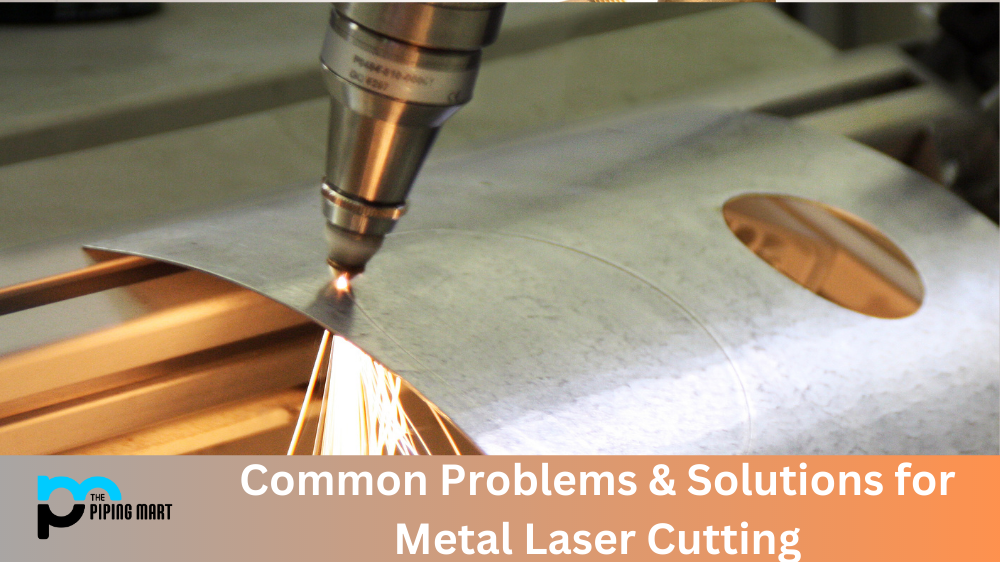If you’re looking for a welding material that is strong but lightweight, titanium might just be a perfect choice. Titanium is an element found in nature and has many uses due to its strength and lightweight. It’s often used in aerospace engineering and medical implants, as well as in some industrial manufacturing processes. But how can you weld this special metal? Let’s take a look at the process.
Types of Titanium Welding Process
There are several types of welding processes that can be used when welding titanium. The most common type is Gas Tungsten Arc Welding (GTAW), also known as Tungsten Inert Gas (TIG) welding. This process involves sending an electrical current through a tungsten electrode, which creates an arc between the two pieces of metal being welded. The arc melts the metal, allowing it to bond together when cooled. Other types of welding processes include Plasma Arc Welding (PAW) and Submerged Arc Welding (SAW). Each process has its own set of benefits and drawbacks, depending on the application.
Preparation for Welding Titanium
When preparing to weld titanium, there are several important steps that must be taken first. First, clean off any dirt or debris from the surface of both pieces using a wire brush or grinder wheel before beginning any work. Once cleaned off, make sure all edges are free from burrs or sharp edges, so they don’t interfere with the welding process. Finally, make sure both pieces fit together snugly without gaps; this will help ensure a stronger weld once you begin welding them together.
Titanium Welding Process
Once everything is prepared properly for welding titanium, the actual process can begin! Start by setting up your equipment according to manufacturer instructions and safety guidelines; this includes connecting your power source to your torch and making sure your shielding gas is connected correctly, so no oxygen reaches the area during welding. Once everything is ready to go, start by striking an arc between the two pieces while holding the torch at a 45-degree angle—this will help ensure proper penetration into both surfaces when melting occurs during weld pool formation. Move slowly along each seam until complete!
Oxygen-Free Environment
One of the most important steps in welding titanium is to create an oxygen-free environment. This can be accomplished by using a welding chamber or by purging the area with an inert gas such as argon.
Preheat the Metal
Another important step in welding titanium is to preheat the metal. This helps to prevent cracking and warping of the metal during the welding process.
Use a Tungsten Electrode
When welding titanium, it is important to use a tungsten electrode. Tungsten is a very strong metal that can withstand the high temperatures required for welding titanium.
Use Inert Gas Shielding
When welding titanium, it is also important to use inert gas shielding. This helps to protect the weld from oxidation and other forms of damage
Use Appropriate Welding Techniques
Finally, it is important to use appropriate welding techniques when welding titanium. Some of the techniques that should be used include pulse welding, GTAW, and GMAW.
Conclusion:
Welding titanium requires precision and skill; however, with practice comes perfect technique! All it takes is following each step correctly—from preparation to striking an arc—and you’ll be able to master this complex process like a pro in no time! So if you’re looking for a lightweight yet strong material for your next project or repair job, consider giving titanium welding a try! It may very well become one of your favorite materials to work with! Good luck!

Pipingmart is a B2B portal that specializes in metal, industrial and piping items. Additionally, we share the latest information and information about materials, products and various types of grades to assist businesses that are involved in this business.




